परिचय
The तालिकोटा का युद्ध, fought on 23 January 1565, stands as one of the most catastrophic and consequential battles in South Indian history. It brought about the destruction of the mighty विजयनगर साम्राज्य—long the bulwark of Hindu power and culture in the Deccan—and marked a decisive turning point that reshaped the political and cultural landscape of southern India. The battle, involving a grand coalition of Deccan Sultanates (Bijapur, Golconda, Ahmadnagar, and Bidar), was not only a military disaster for Vijayanagara but also precipitated the dramatic sack and decline of its famed capital, Hampi.
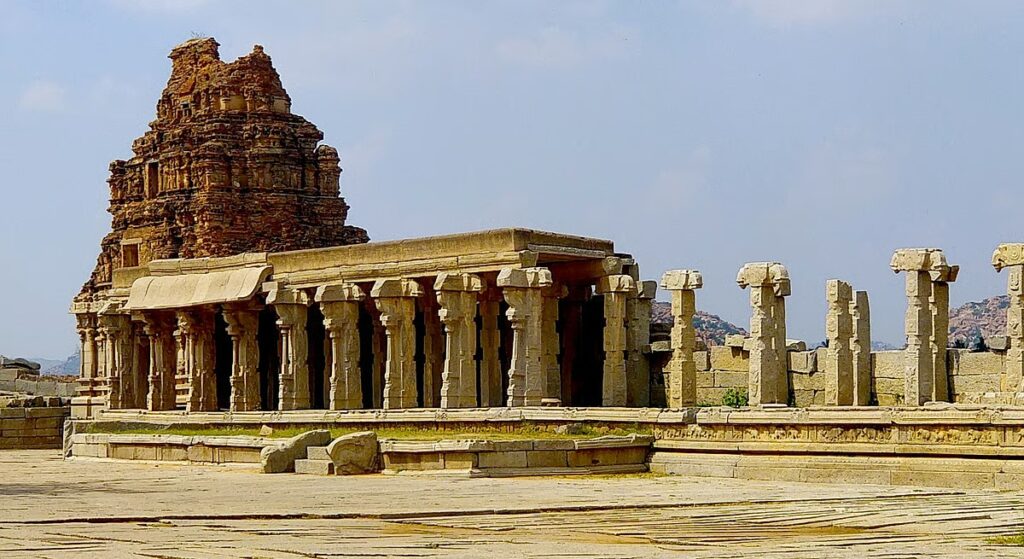
Background: Power Struggles in the Deccan
- विजयनगर साम्राज्य: Once a unifying force for South India, especially under Krishna Deva Raya (1509–29), the empire dominated the region through a mixture of military strength, cultural patronage, and clever diplomacy.
- Rise of Rama Raya: By the 1550s, the real power in Vijayanagara was wielded by Aliya Rama Raya of the Aravidu dynasty, son-in-law to Krishna Deva Raya. Rama Raya’s diplomatic policy was to play the Deccan Sultanates against each other, intervening in their rivalries for two decades and keeping the south relatively stable under Vijayanagara’s dominance.
- Deccan Sultanates: The Muslim-ruled kingdoms of Bijapur, Golconda, Ahmadnagar, Bidar, and Berar—successors of the fractured Bahmani Sultanate—had frequently fought each other as well as Vijayanagara. Rama Raya’s aggressive policies, insults, and attempts to assert control over territories like Kalyan ultimately united these rivals against him.
Causes of the Conflict
- Political and Territorial Ambitions: Rama Raya’s domination was seen as a threat by the Sultanates, who shared the ambition to check Vijayanagara’s influence and perhaps recoup lost prestige and lands.
- Diplomatic Missteps: Years of manipulative diplomacy, increased assertiveness over contested territories, and failed peace efforts deepened animosities.
- Formation of an Alliance: In late 1564, the sultanates, led by Ali Adil Shah I of Bijapur, Hussain Nizam Shah I of Ahmadnagar, Ibrahim Quli Qutb Shah of Golconda, और Ali Barid Shah of Bidar, set aside differences and formed an anti-Vijayanagara alliance, cemented through marriages and joint planning.
The Battle: Forces and Strategy
- Fought near the village of Talikota (and sometimes called the Battle of Rakkasa-Tangadi), close to the Krishna River in present-day Karnataka.
- Vijayanagara Army: Commanded by Rama Raya, fielded a massive force of infantry, cavalry, and war elephants—bolstered by veteran nobility and European mercenaries. The army was initially said to outnumber the combined Sultanate force.
- Confederate Sultanate Army: Boasted technologically superior cavalry, Turkish-Afghan mercenaries, and—critically—modern artillery, which proved decisive in the battle.
Major Events
- Initial Advantage: The battle began with the Vijayanagara army on the offensive, pushing back the Sultanate forces from multiple directions.
- Treachery and Turning Point: At the crucial moment, the Gilani brothers, two Muslim commanders in Vijayanagara’s ranks, defected mid-battle to the Sultanates, causing chaos and confusion within the Hindu army.
- Capture and Execution of Rama Raya: Rama Raya was captured and beheaded on the battlefield by Sultan Hussain Nizam Shah of Ahmadnagar. His severed head was displayed publicly, shocking and demoralizing his troops.
- Collapse of Vijayanagara Army: Disarray and panic spread like wildfire, resulting in the total rout of the Vijayanagara forces. The city of Hampi was left vulnerable to the advancing Sultanate armies.
Aftermath: The Sack and Fall of Vijayanagara
- Destruction of Hampi: Following their victory, the Sultanate armies marched into Hampi, plundering its immense wealth, burning temples, destroying palaces, and killing inhabitants. The sack continued for months, leaving the capital a ruin—never again to be inhabited as a major city.
- Collapse of Empire: The old glories of the Vijayanagara Empire effectively ended; territory fragmented among regional states like the Nayakas of Madurai, Keladi, Mysore, and Tanjore. Tirumala, Rama Raya’s brother, withdrew south to Penukonda with what remained of the royal treasury and army, offering only token resistance thereafter.
- Long-term Impact: The fall of Vijayanagara removed the political barrier to further Sultanate expansion in the south. South India’s political landscape fractured into smaller successor states, leading to centuries of shifting alliances and intermittent conflict. It also symbolized the decline of Hindu imperial power in the Deccan, only partially revived by later kingdoms.
Causes for the Vijayanagara Defeat
- Betrayal of the Gilani Brothers: Their defection broke the morale and organization of the Vijayanagara army at a critical moment.
- Superiority of Sultanate Artillery: The use of modern cannons and firearms trumped the traditional war elephants and bows of Vijayanagara.
- Leadership and Age: Vijayanagara commanders were aging, while the Sultanate alliance had energetic, bold leaders.
- Cavalry Disadvantage: The horse-mounted troops of the Sultanates outmaneuvered Vijayanagara’s less mobile infantry and elephants.
- Psychological Shock: The brutal, public beheading of Rama Raya sapped the will to fight from his troops.
Legacy and Historical Significance
- End of a Golden Age: The cultural, architectural, and literary renaissance fostered under the Vijayanagara Empire came to an abrupt end.
- Fragmentation of South India: No single power would dominate the southern peninsula as comprehensively as Vijayanagara again until the colonial era.
- Cultural Impact: The ruins of Hampi remain a powerful reminder of a vibrant urban civilization destroyed by dynastic conflict and war. The event entered South Indian collective memory as a tragedy and turning point.
- Rise of Regional States: Successor polities—like Mysore and the Nayakas—absorbed Vijayanagara’s administrative customs, religious traditions, and people.
Interesting Facts
- Over 150,000 soldiers are estimated to have died in the battle and subsequent sack of the capital.
- The fall of Hampi so shocked contemporaries that tales of its former wealth and splendor continued to circulate for centuries.
- The battle is remembered under multiple names, including the Battle of Rakkasa-Tangadi.
- The Gilani brothers’ betrayal is one of the most infamous episodes of military treachery in Indian history.
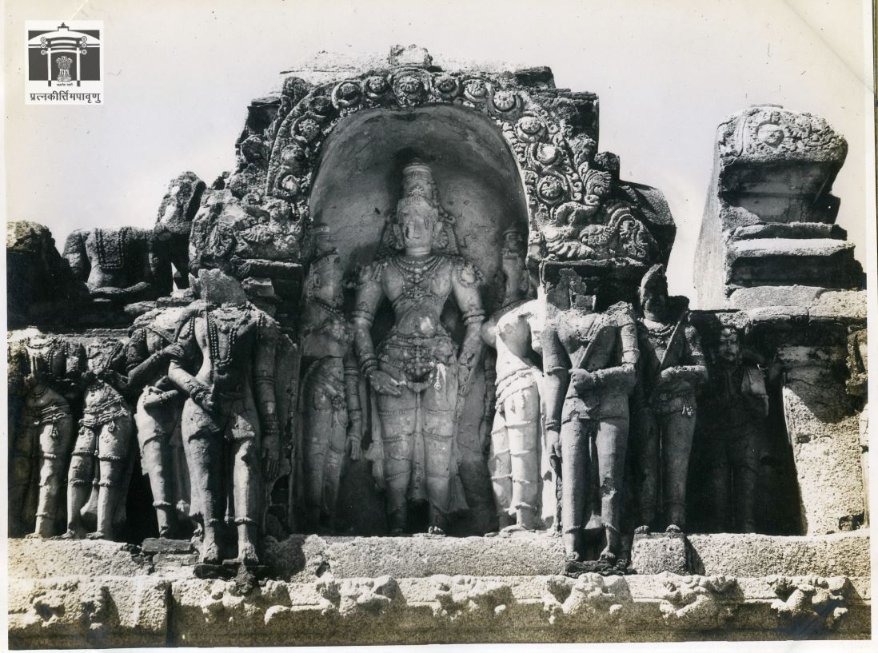
निष्कर्ष
The Battle of Talikota (1565 CE) was more than a mere military engagement; it was a civilizational turning point whose repercussions uprooted a centuries-old empire and radically transformed South India’s destiny. The defeat and destruction of Vijayanagara ended a golden chapter of power, culture, and syncretic civilization, ushering in a period of fragmentation, vulnerability, and profound change for the entire region.

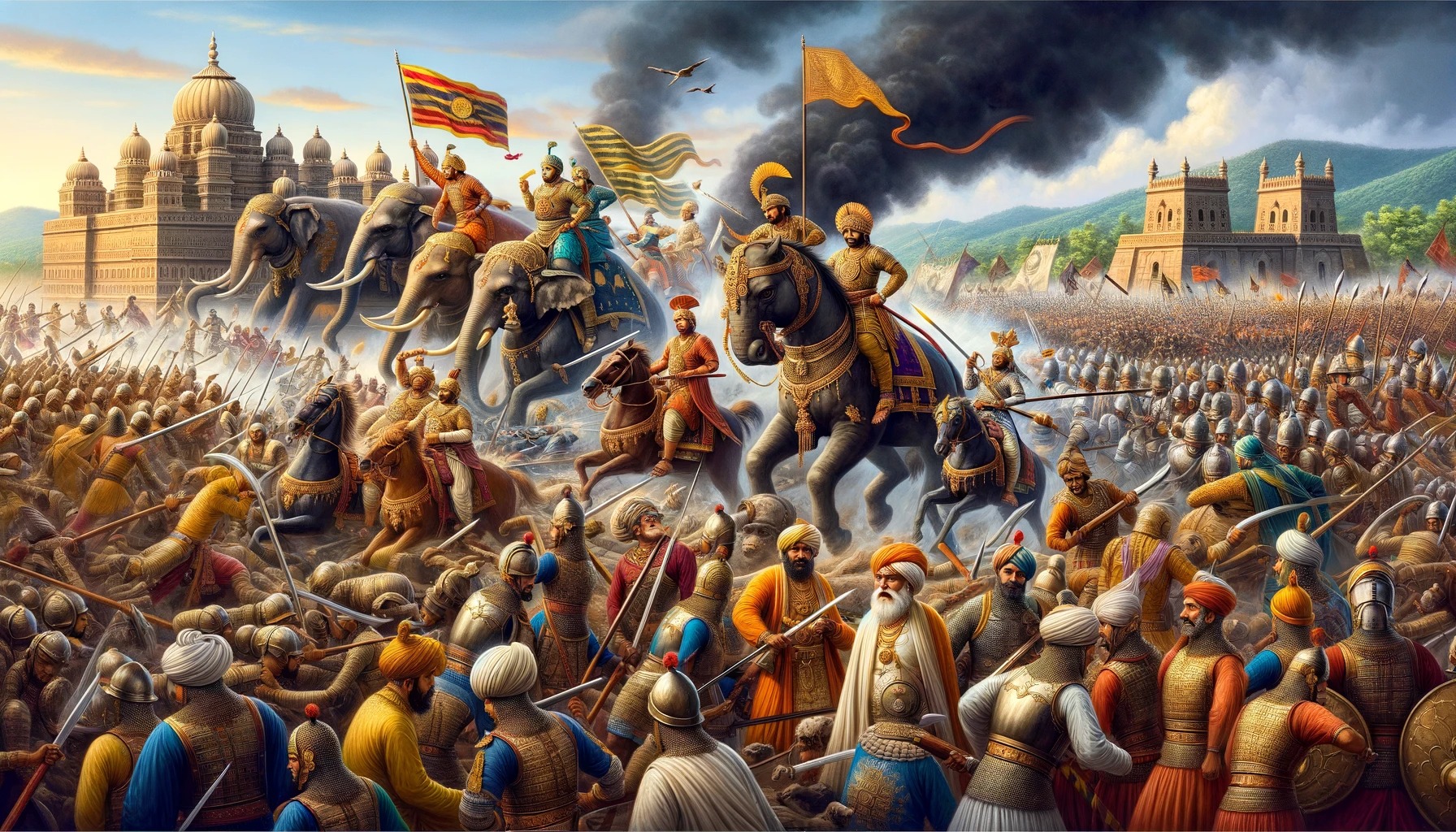



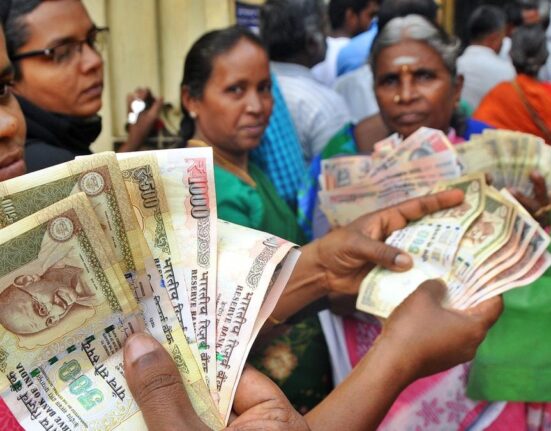
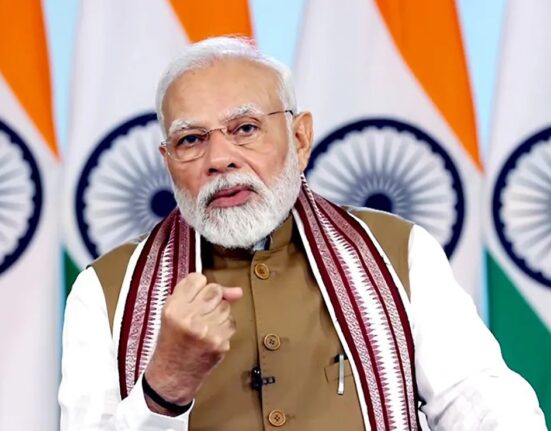

इस बारे में प्रतिक्रिया दें